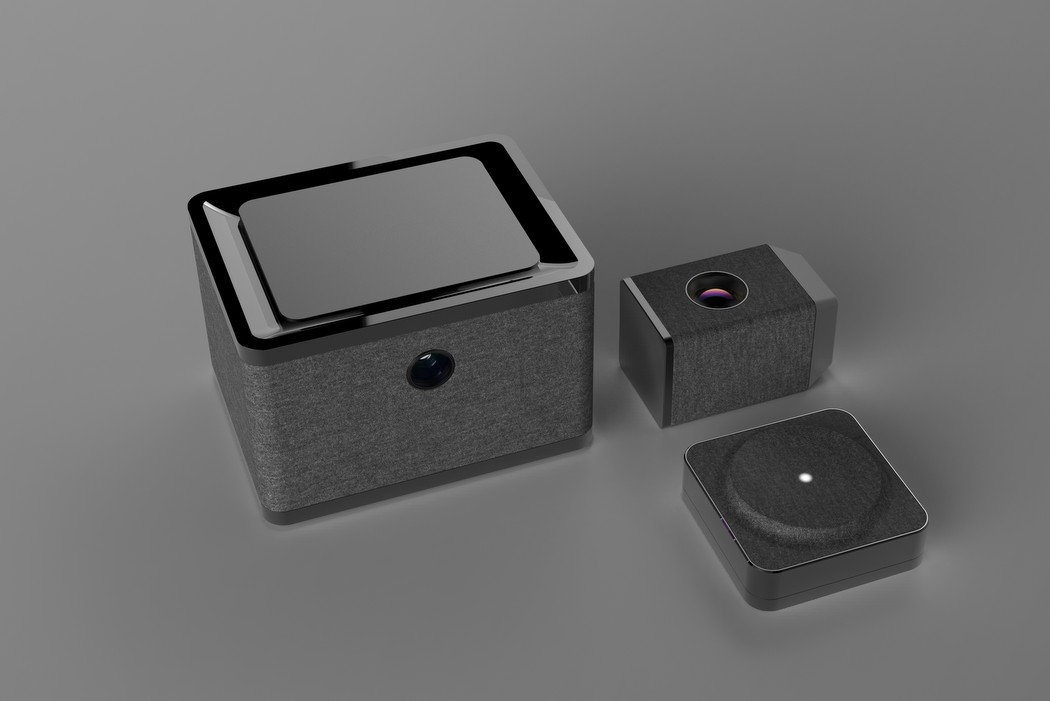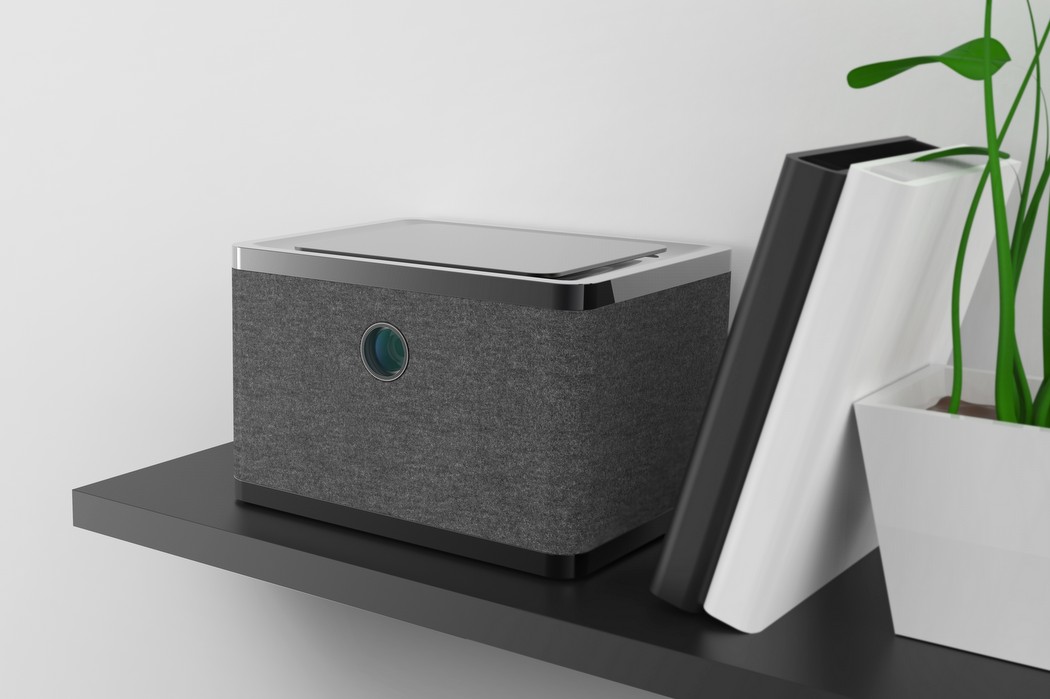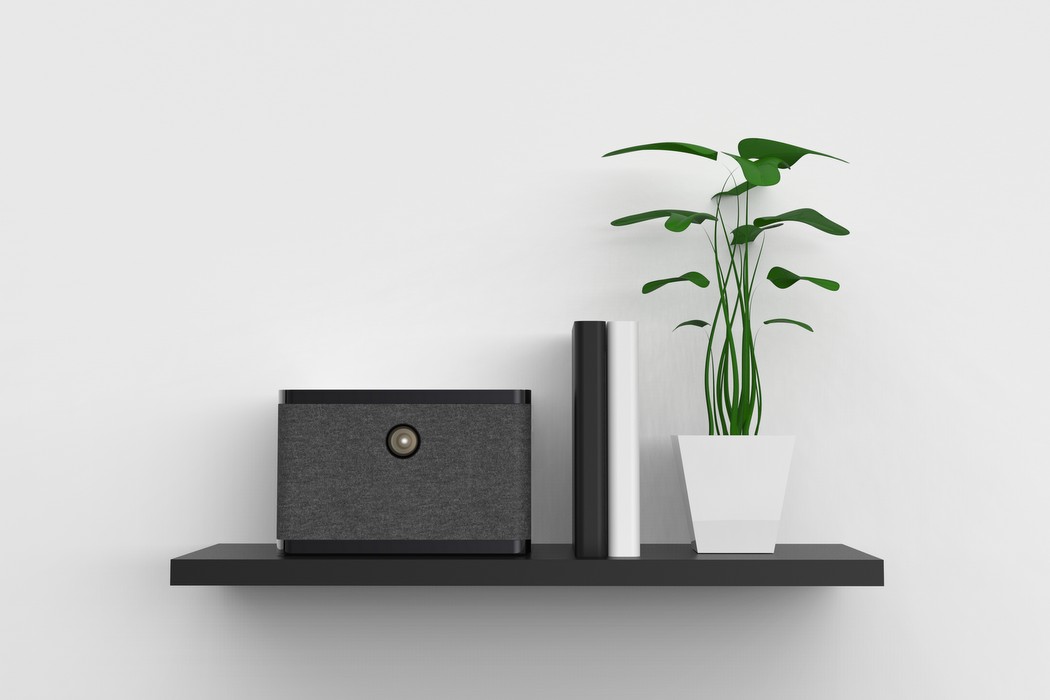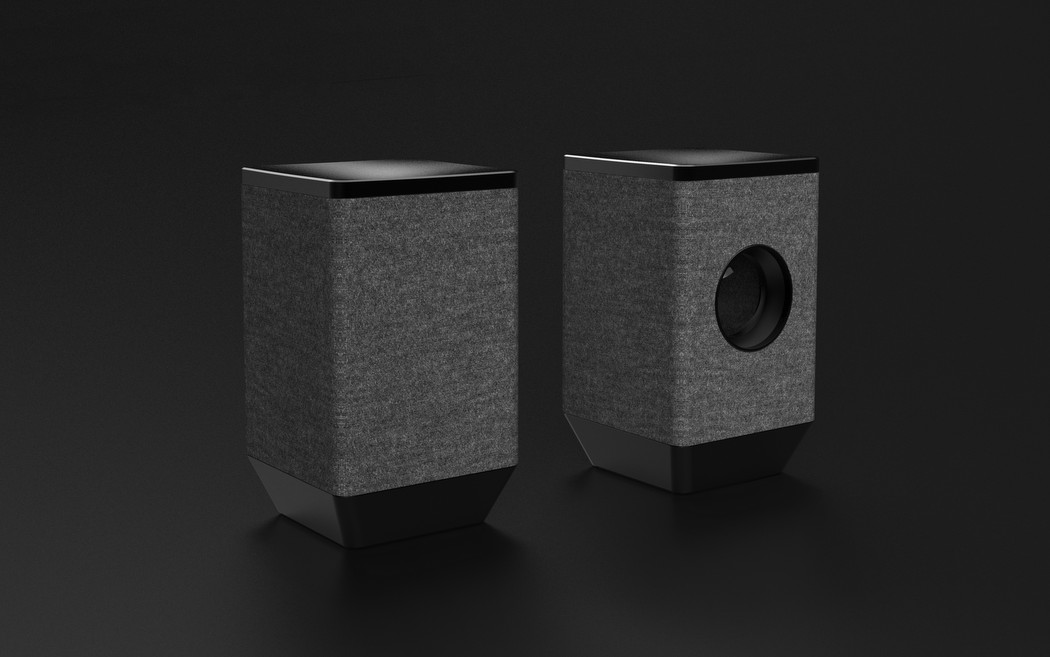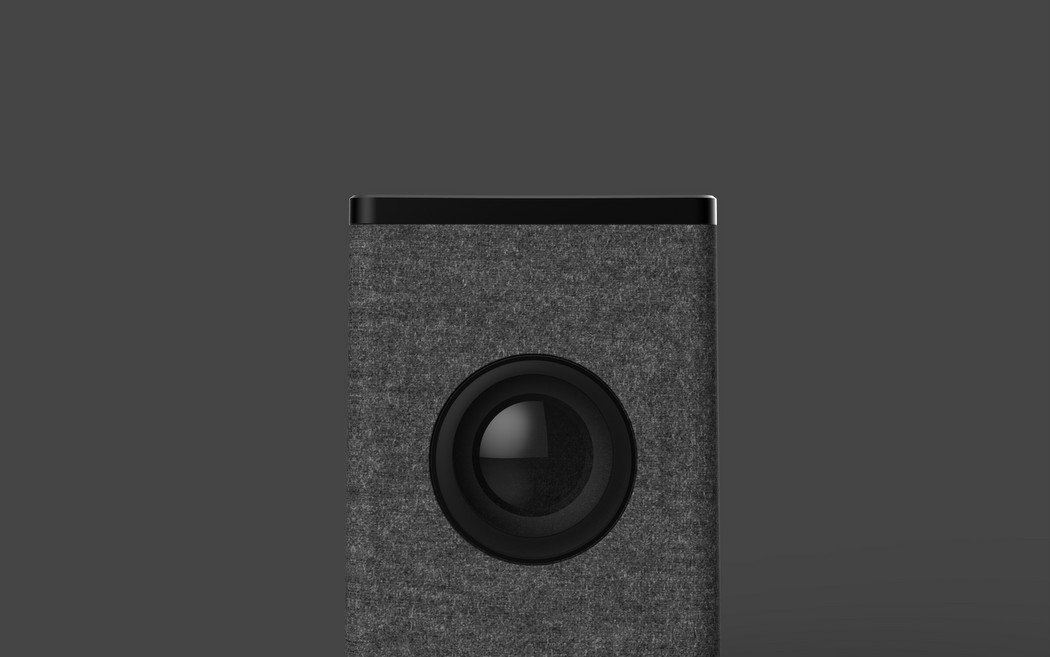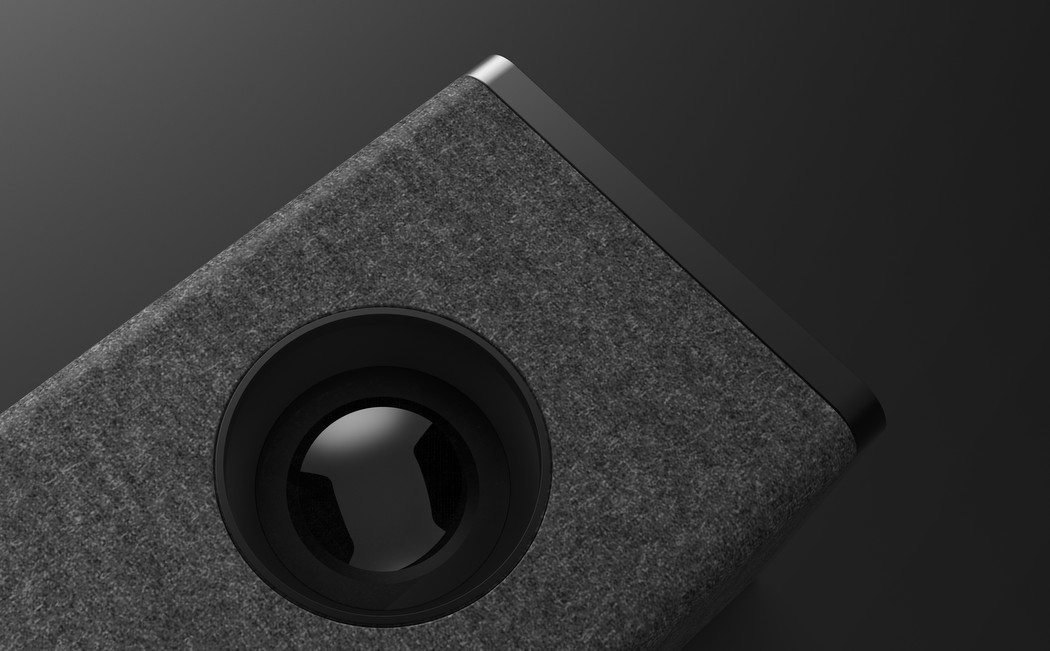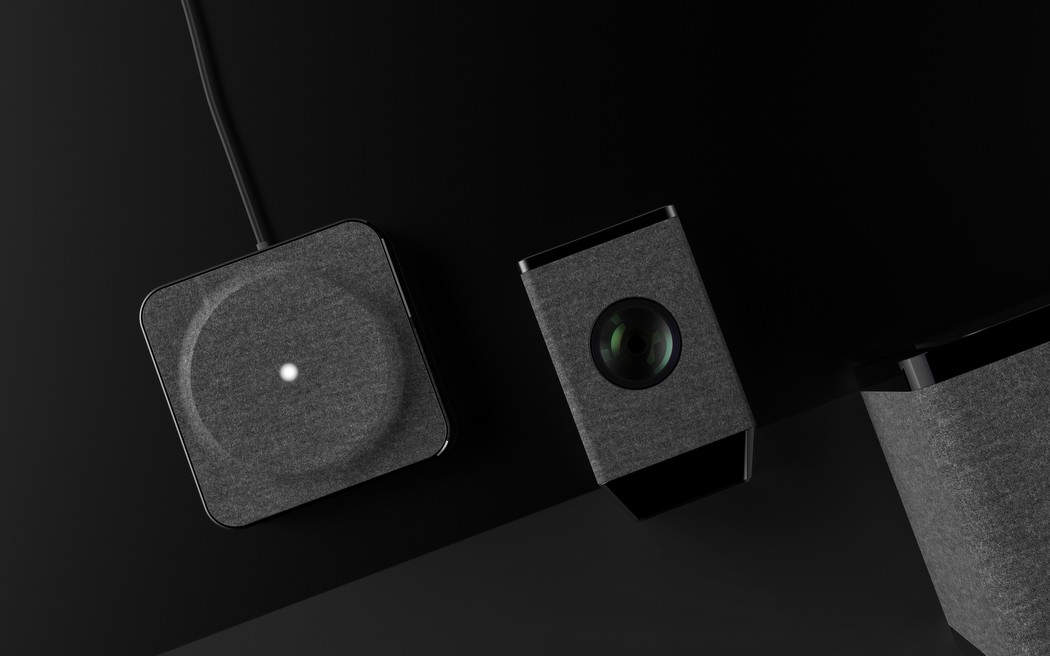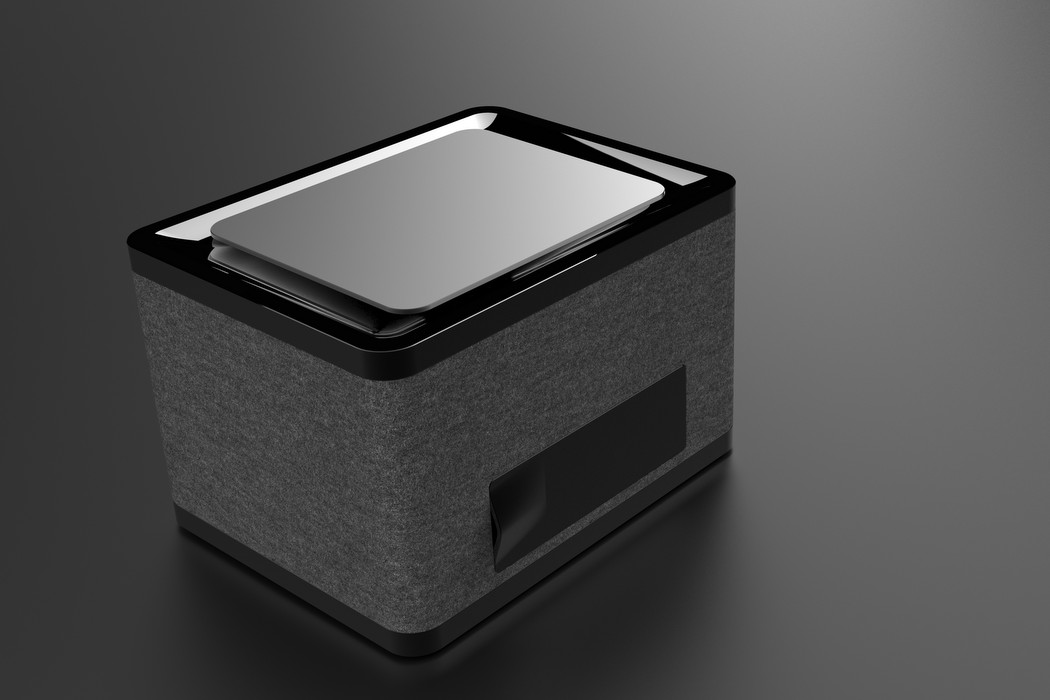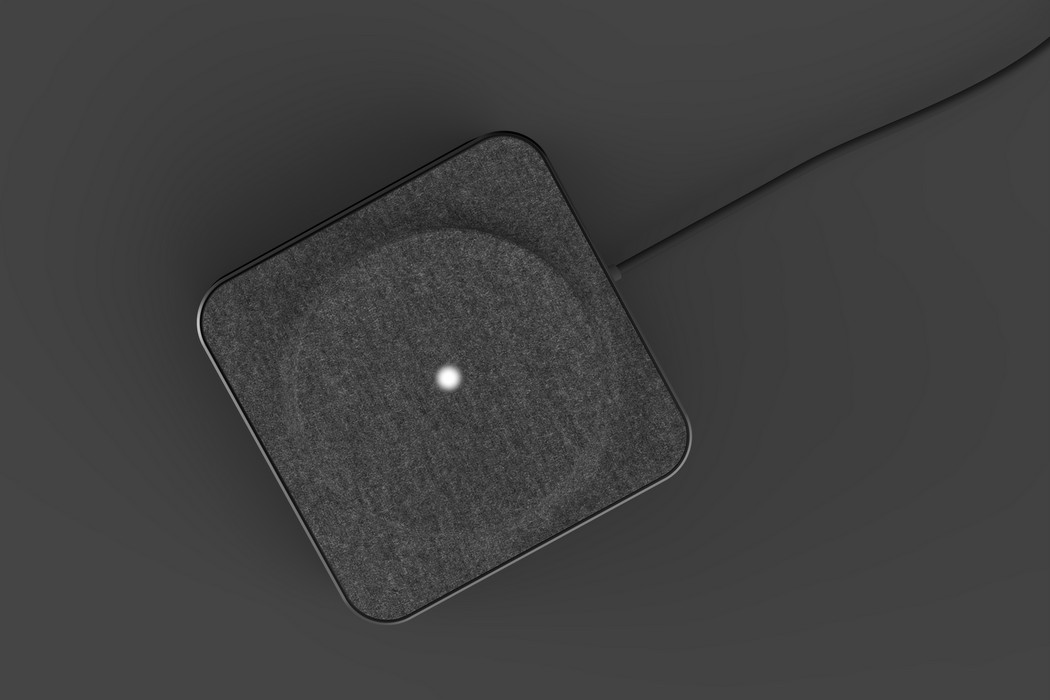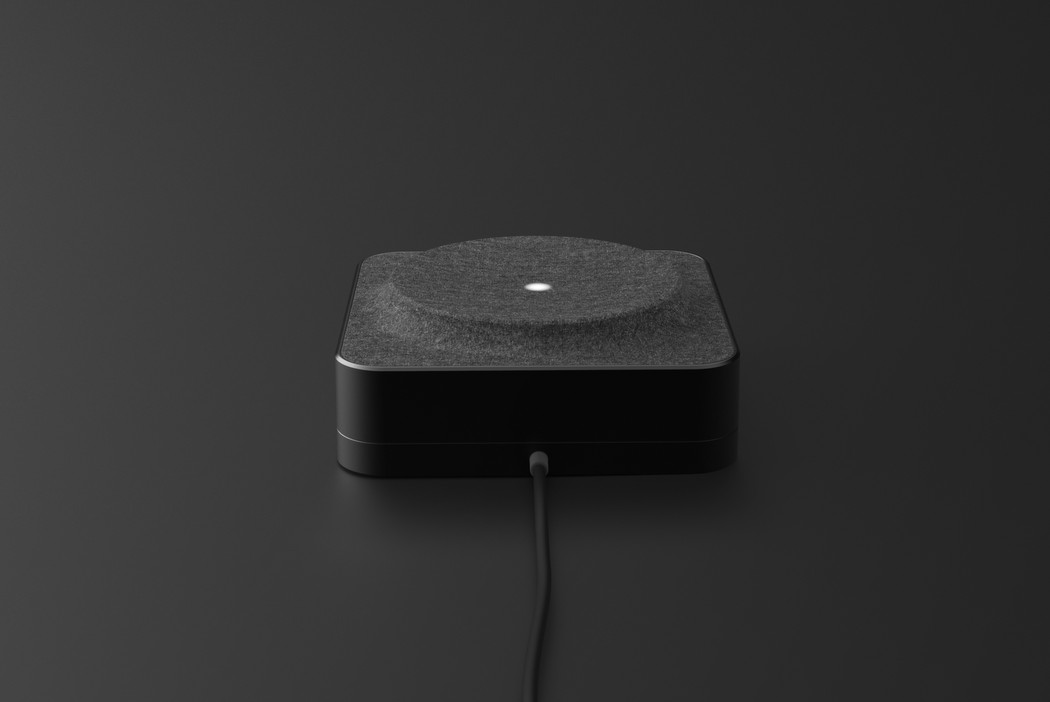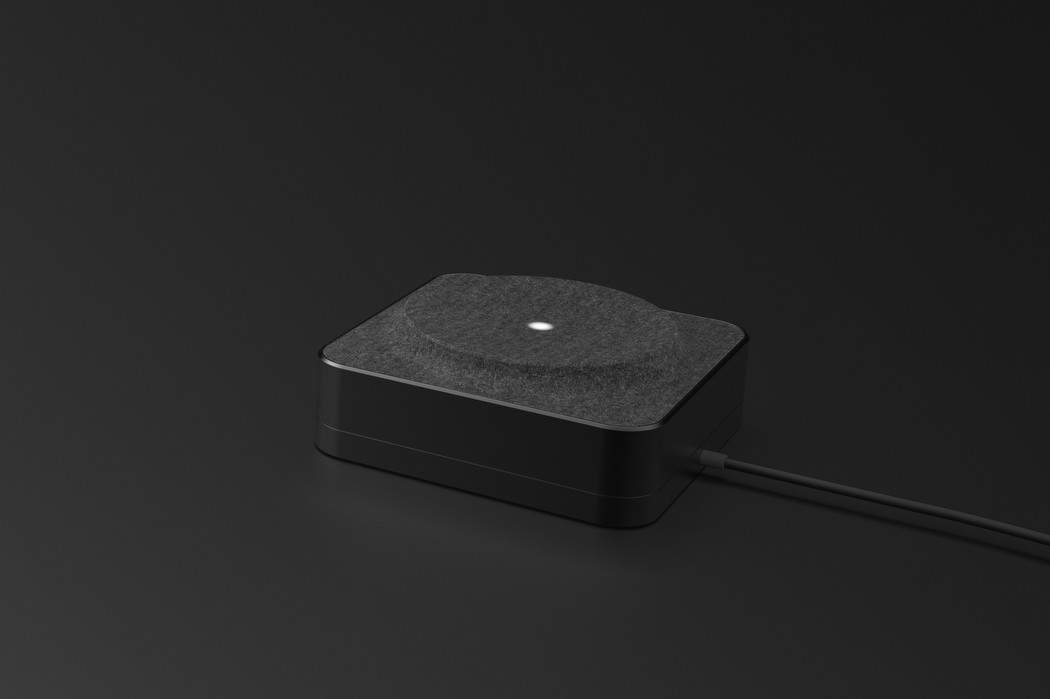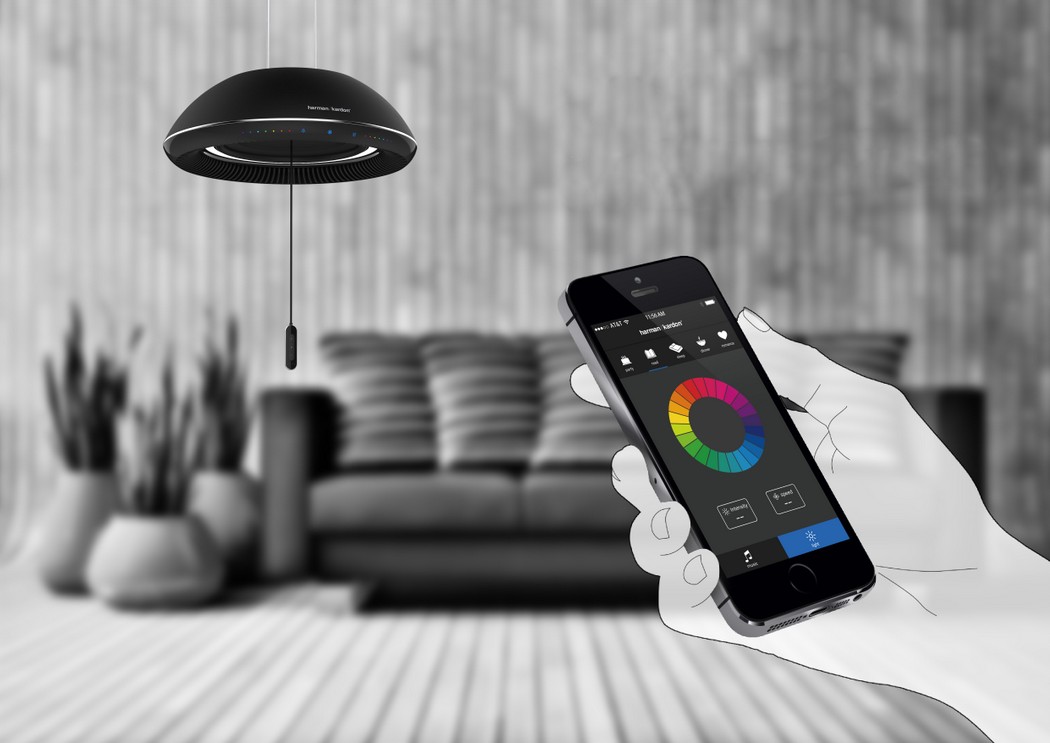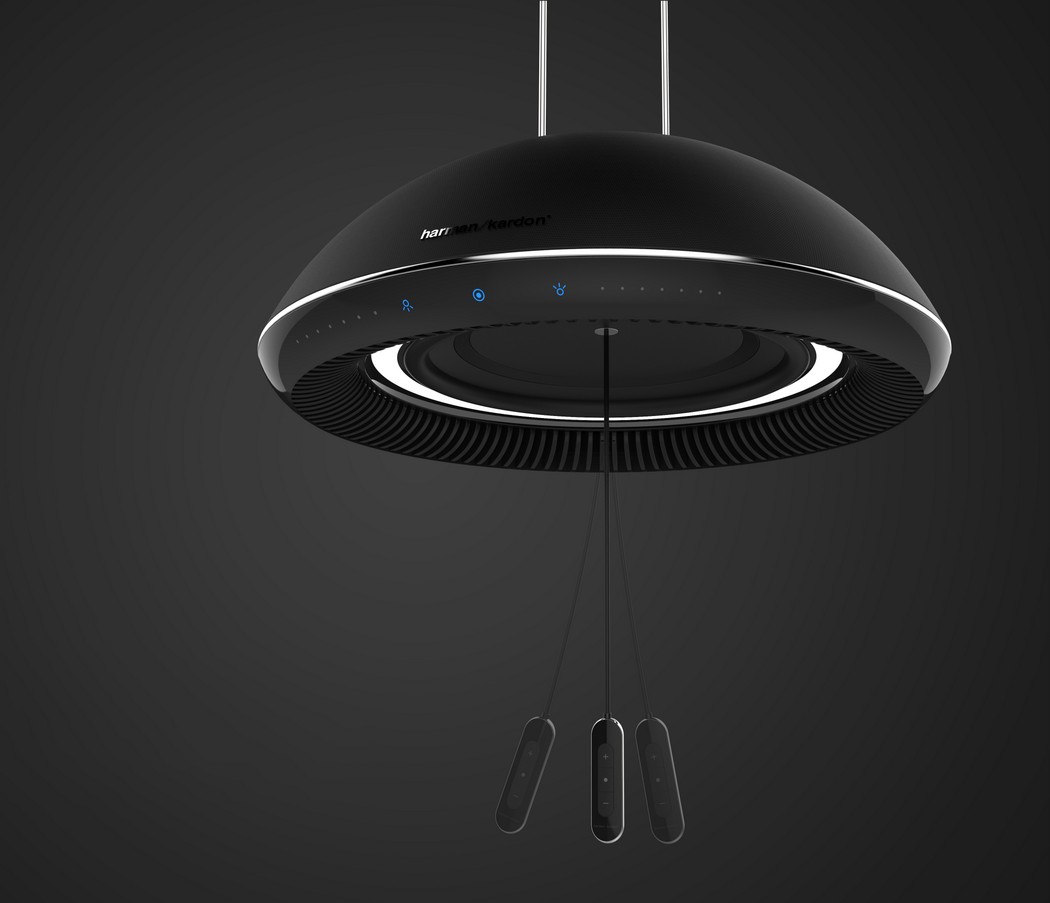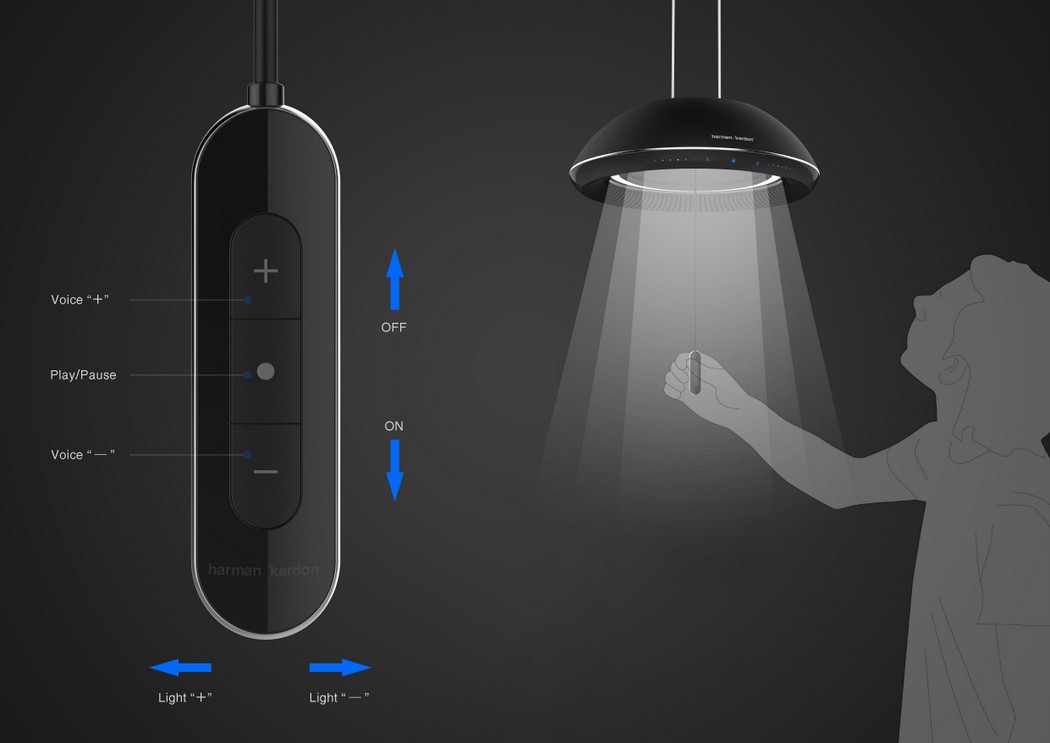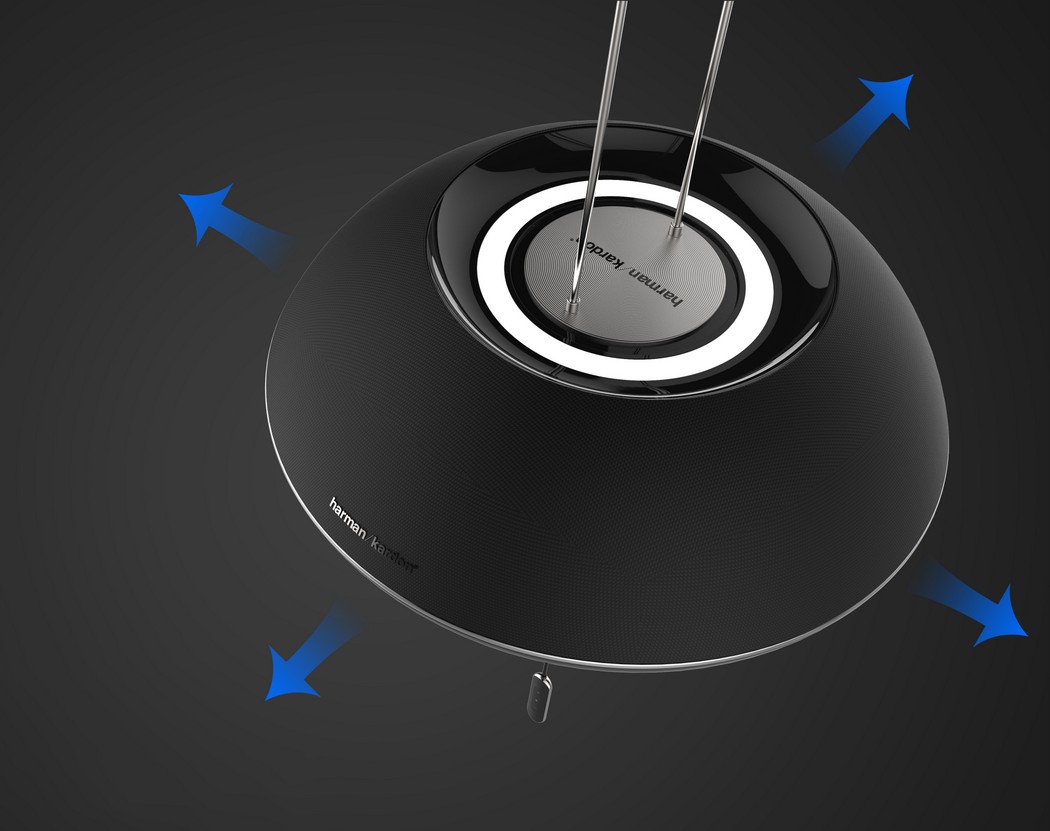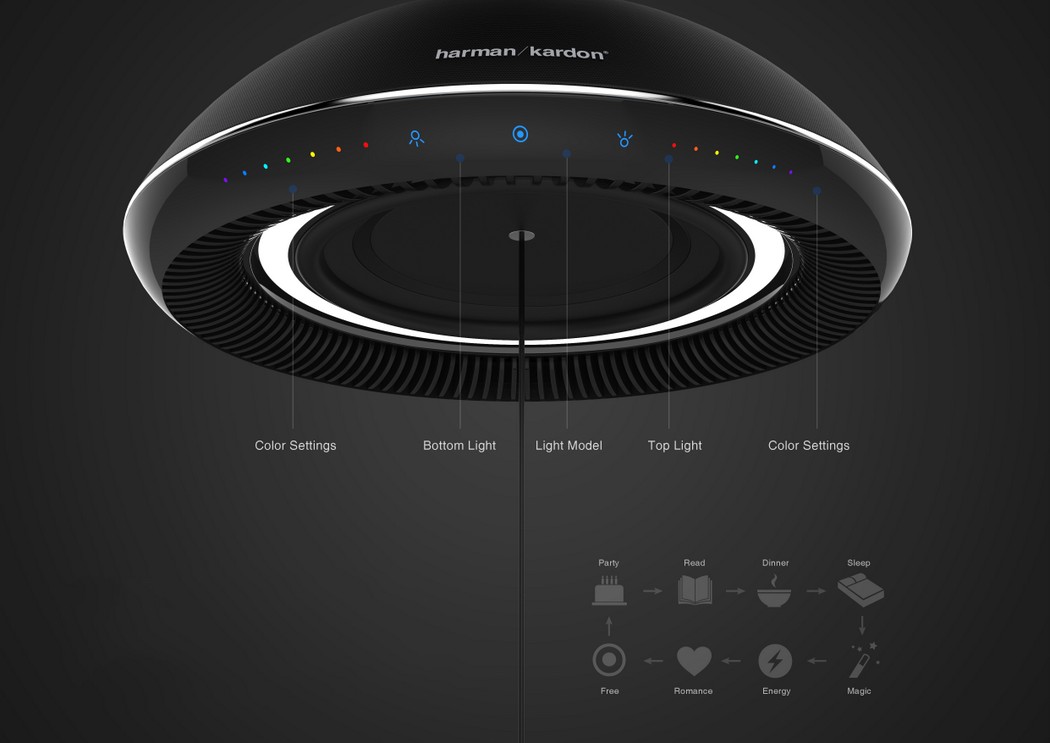I bet you didn’t know this but car stereos can often be power guzzlers. A decent car audio setup can pull anywhere from 200 to 500 watts RMS of power depending on the number of speaker units, the size of the car, and the bass module. That isn’t really much of a concern when you’ve got a fuel-powered automobile but in an electric vehicle, any sort of efficiency can go a long way in making a car perform better. Harman (which got acquired by Samsung in late 2016) is looking to redesign its audio systems for EVs, to help provide its signature quality of sound, but with a smaller power footprint. Its redesigned system, called the ECOTECT, is aimed at helping provide cars with high-quality audio while weighing less and using as little power as possible.
Traditional audio systems usually have audio units at the base of each door (often with a separate tweeter near the window), along with smaller drivers lined at the top, followed by the woofer right at the back. Harman’s Ecotect follows the same philosophy, but puts two drivers under the gearbox in front, rather than the door, followed by smaller drivers on the A and B pillars, and a woofer at the back, providing the same sound but also cutting down the number of components required. “Ecotect features high-efficiency speakers, a proprietary Prodigy Booster amplifier and Power Manager 2.0 technology, all layered in via a unique architecture that leverages innovative speaker locations, sustainable materials and sophisticated signal processing to deliver premium audio and communications experiences with EV-optimized efficiency”, says the product team at Harman. The Ecotect also leverages the use of software to help provide audio that matches traditional in-car sound systems… much like how phone cameras use computational photography to compete with DSLRs. To add to it, Harman’s even built voice-sensing volume fading technologies into it to help reduce audio to enable conversations in the car, as well as HALOsonic Road Noise Cancellation, which dampens and minimizes road noise to make your cabin quieter and your music experience richer. Pretty neat, eh?
Designer: Harman





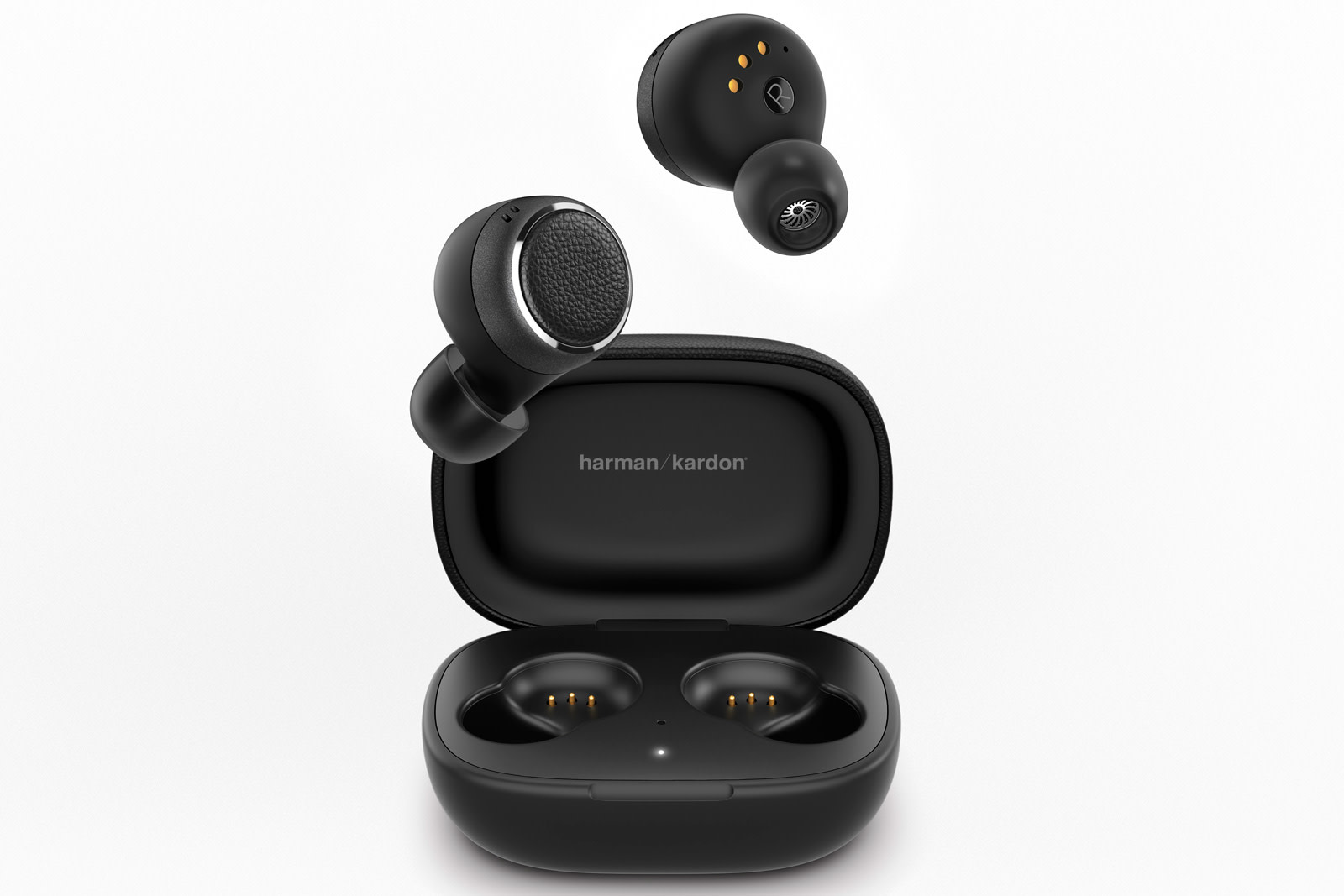 Harman Kardon is coming back to headphones after a six-year absence, and it's making up for lost time by seizing on all the latest trends. It's introducing a new Fly wireless audio lineup headlined by the Fly TWS (above), a set of true wireless earb...
Harman Kardon is coming back to headphones after a six-year absence, and it's making up for lost time by seizing on all the latest trends. It's introducing a new Fly wireless audio lineup headlined by the Fly TWS (above), a set of true wireless earb...
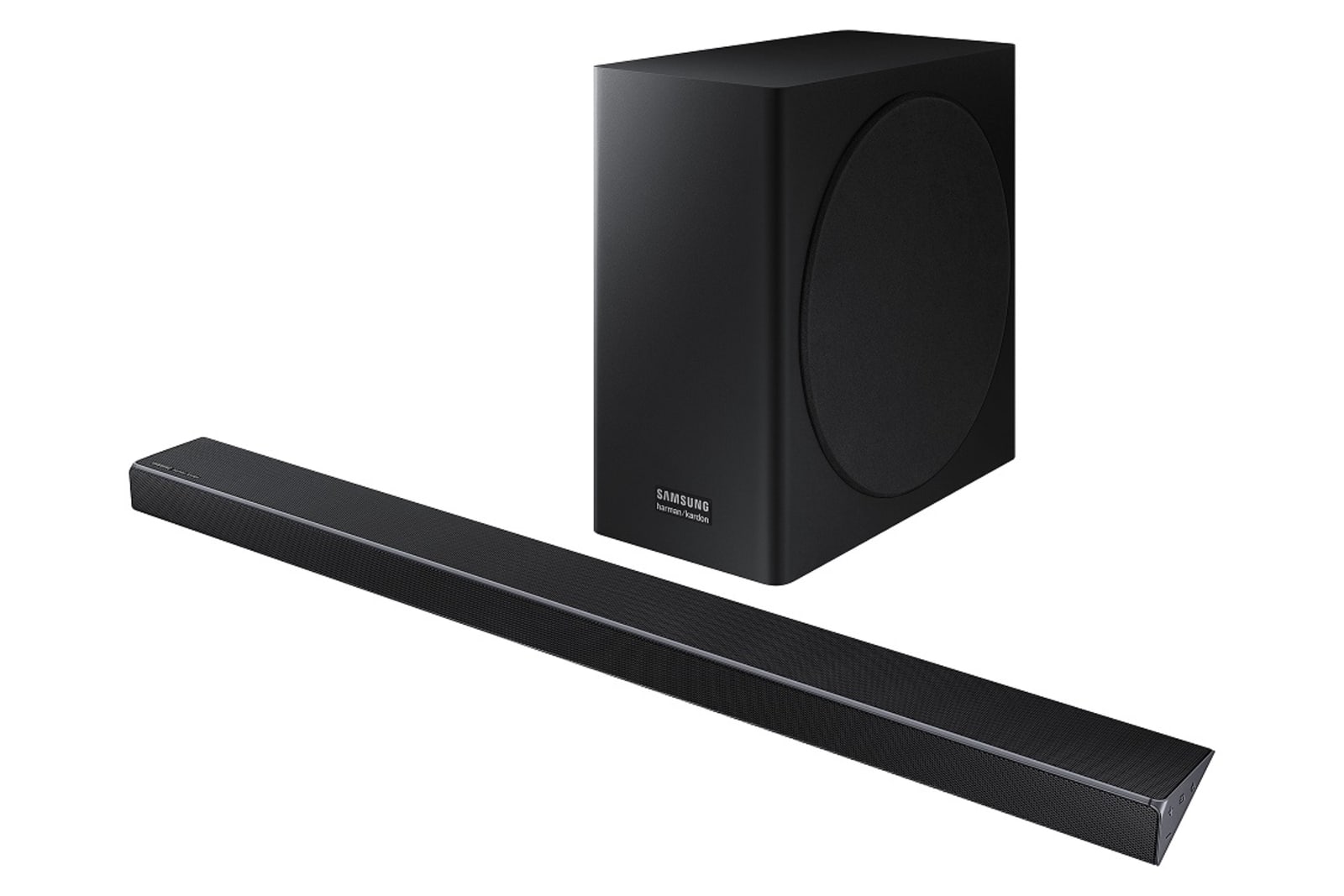 Samsung has announced its new soundbar lineup: the Q series, optimized for -- you guessed it -- the company's QLED TVs. The HW-Q70R and HW-Q60R are the latest offerings from Samsung's ongoing collaboration with Harman Kardon, with the premium HW-Q70R...
Samsung has announced its new soundbar lineup: the Q series, optimized for -- you guessed it -- the company's QLED TVs. The HW-Q70R and HW-Q60R are the latest offerings from Samsung's ongoing collaboration with Harman Kardon, with the premium HW-Q70R...
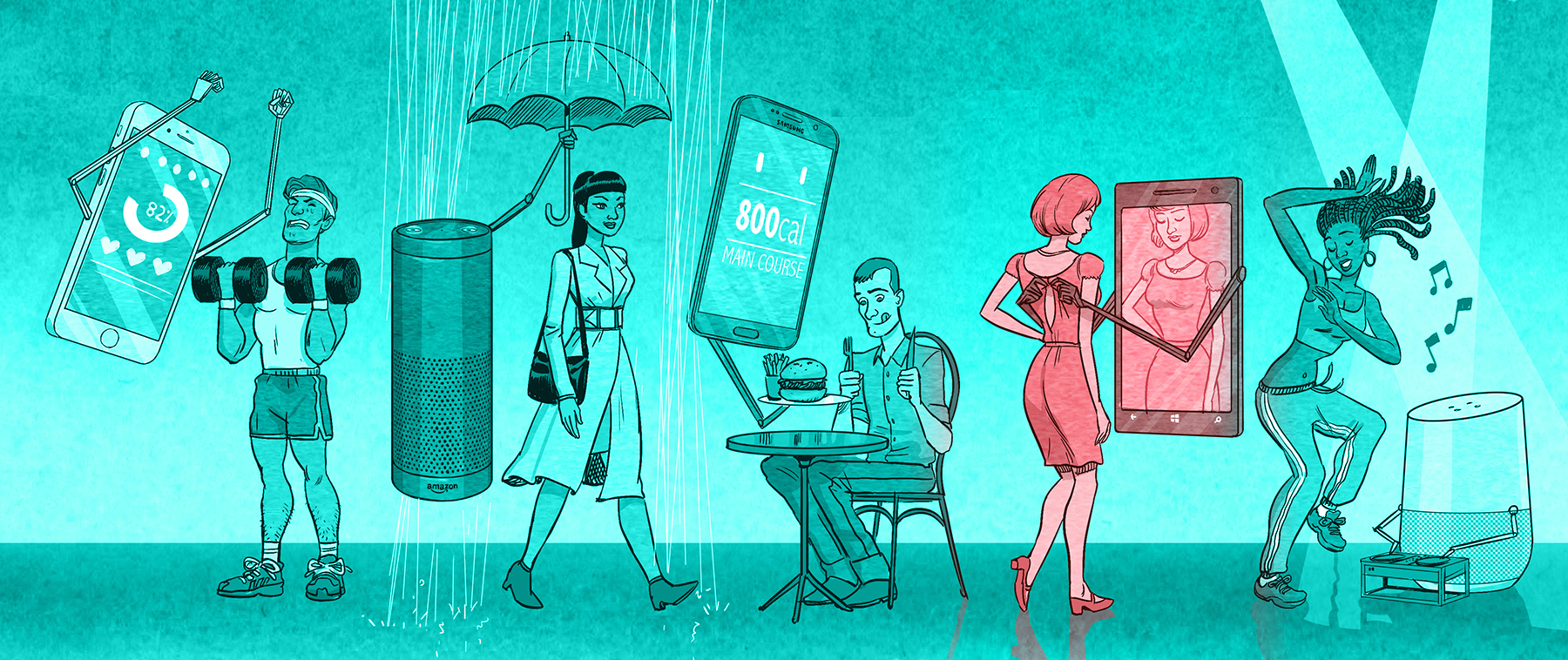 "Never mind it. Never mind," I cursed, looking down on the poorly formed monstrosity that gazed back at me with a singular pulsing eye. No, not at me -- through me. This was not my trusty Google Assistant, with whom I shared a deep logistical and day...
"Never mind it. Never mind," I cursed, looking down on the poorly formed monstrosity that gazed back at me with a singular pulsing eye. No, not at me -- through me. This was not my trusty Google Assistant, with whom I shared a deep logistical and day...
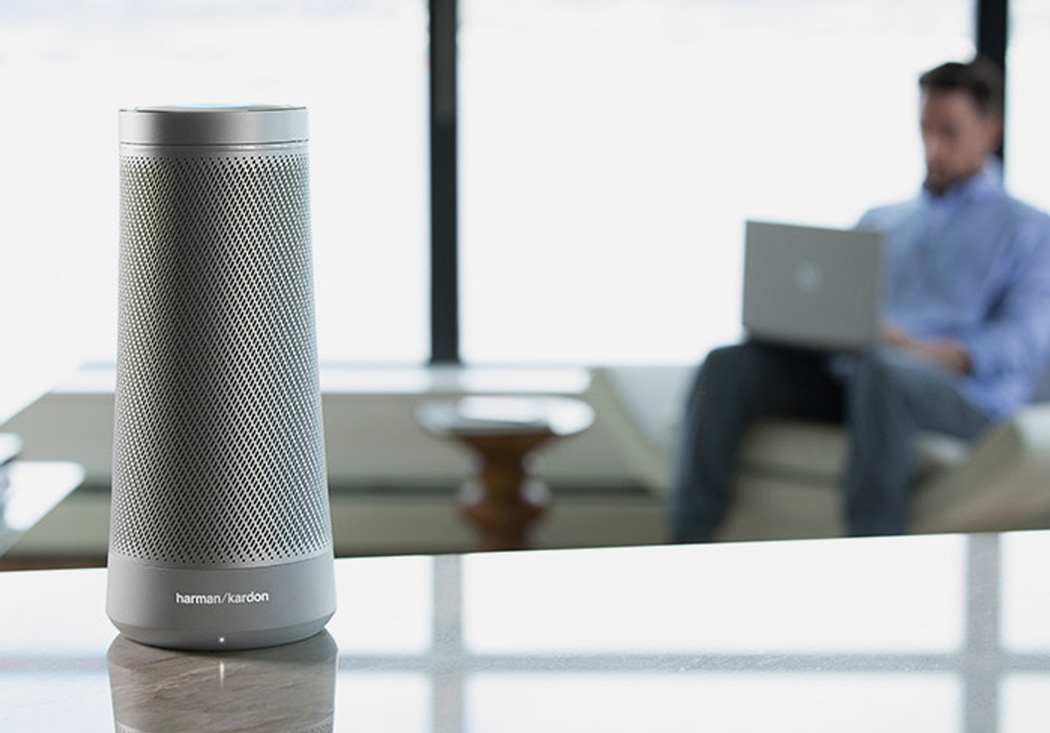


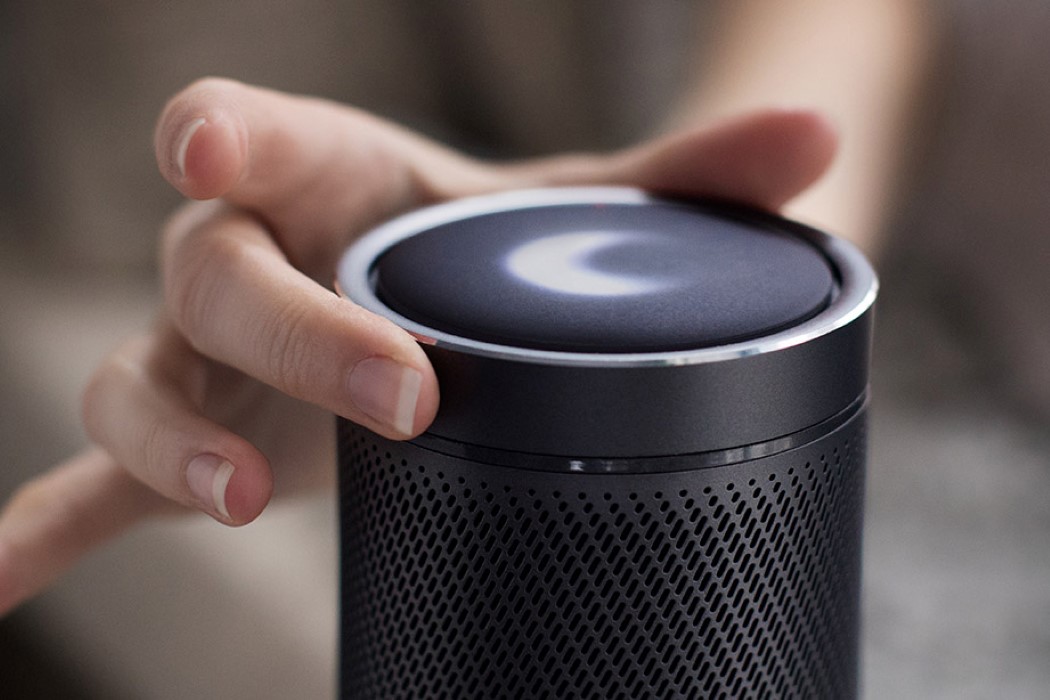
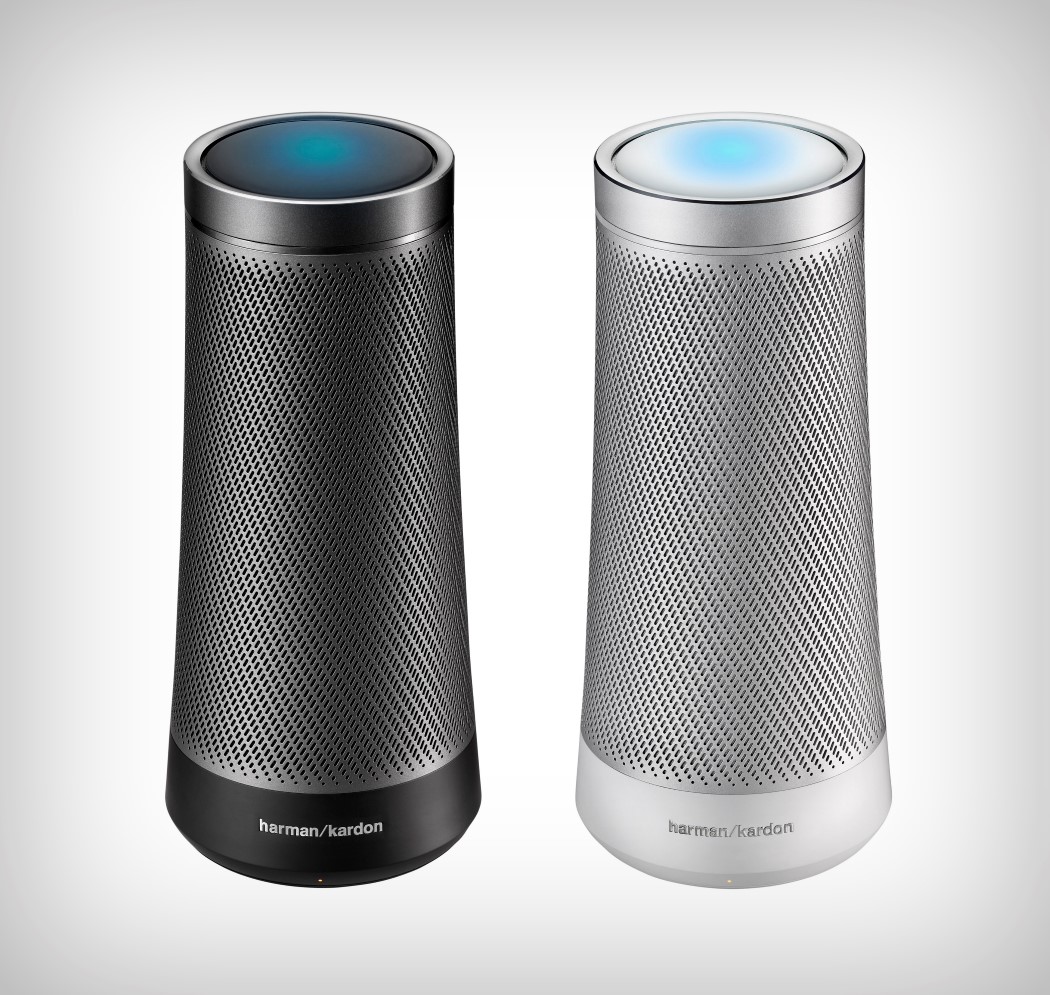
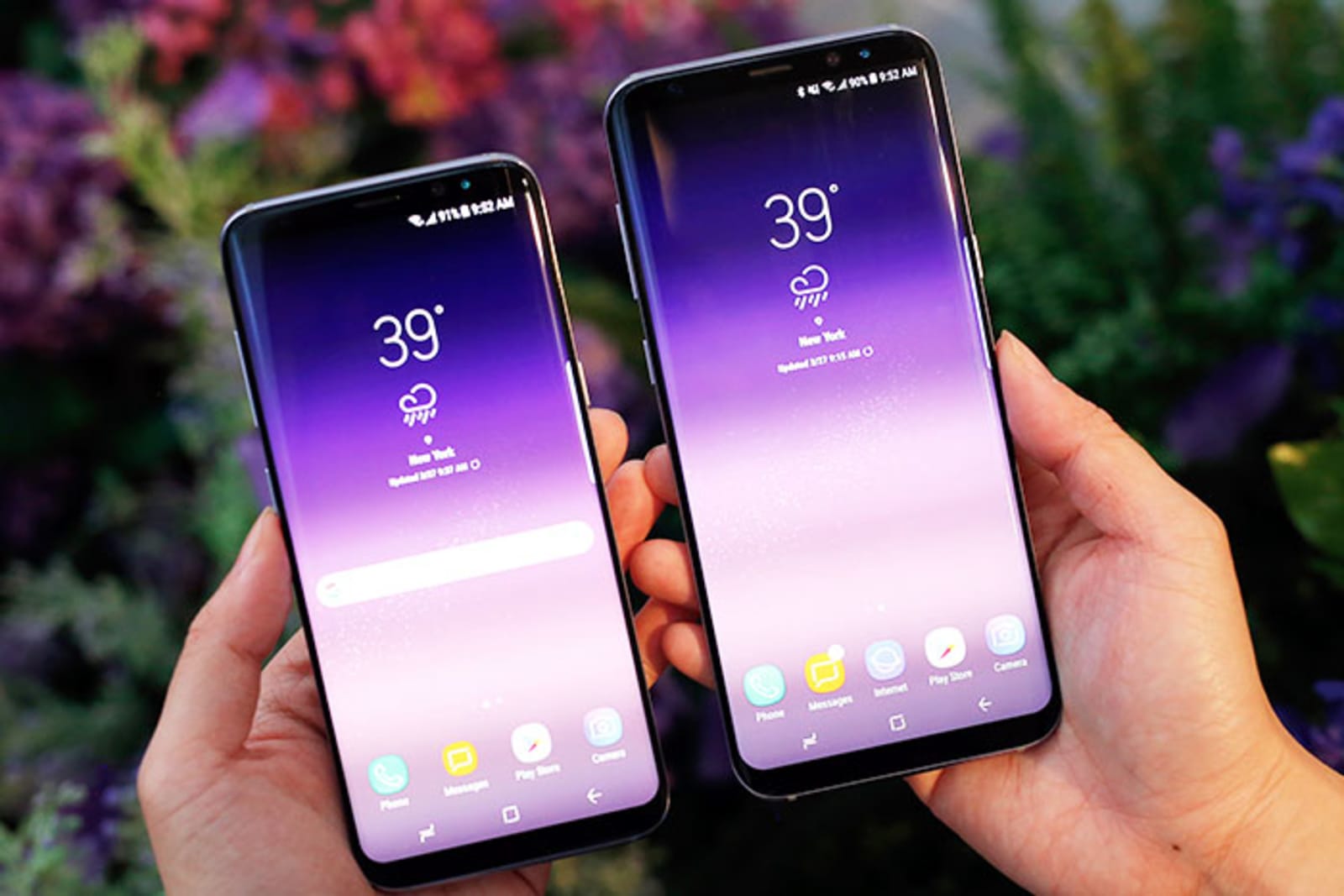 If you're looking to make sure you're among the first to own Samsung's swanky new Galaxy S8 but don't want to line up outside a store on April 21st, you're in luck. Major and minor carriers alike have announced that they're running pre-order campaign...
If you're looking to make sure you're among the first to own Samsung's swanky new Galaxy S8 but don't want to line up outside a store on April 21st, you're in luck. Major and minor carriers alike have announced that they're running pre-order campaign...
